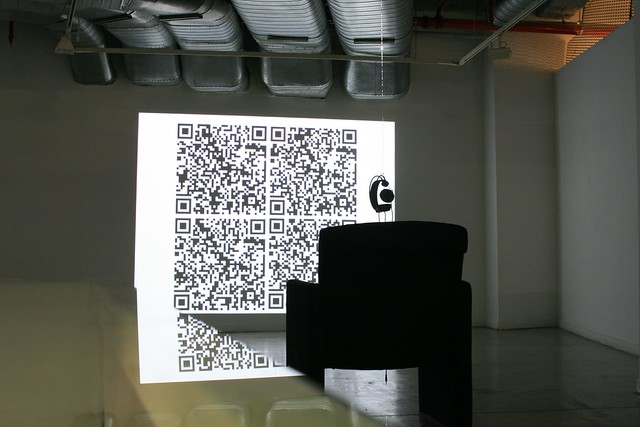Just found this:
"And yet the US military does little to discourage the notion that this peculiar brand of long-distance warfare has a great deal in common with the video-gaming culture in which many young UAV operators have grown up. As one military robotics researcher tells Peter Singer, the author of Wired for War, “We modeled the controller after the PlayStation because that’s what these eighteen-, nineteen-year-old Marines have been playing with pretty much all of their lives.” And by now, of course, we also have video games that incorporate drones: technology imitating life that imitates technology."
Other similar instances of transferring video game controllers tot he military: PS2 pad to control mobile robots, missiles controlled by PS2 pad
Why do I blog this? material for the game controller project, examples showing how certain interfaces become a standard that can be transferred to other domains.


 Why do I blog this? Working on a chapter in my book about recurring failures of technologies, I quickly created this diagram that shows the different iterations of platforms to read digital texts/content. The point was to show the large diversity of systems, as opposed to the unique "e-book reader" (reading books on photoframe!?). Of course, it's quickly made so I just mapped the different technical objects that enable people to access digital texts/content (based on various form factors, devices). I also avoided overloading the diagram by only adding seminal devices (lots of Apple devices in there) and some recent versions. I certainly missed other platforms.
Why do I blog this? Working on a chapter in my book about recurring failures of technologies, I quickly created this diagram that shows the different iterations of platforms to read digital texts/content. The point was to show the large diversity of systems, as opposed to the unique "e-book reader" (reading books on photoframe!?). Of course, it's quickly made so I just mapped the different technical objects that enable people to access digital texts/content (based on various form factors, devices). I also avoided overloading the diagram by only adding seminal devices (lots of Apple devices in there) and some recent versions. I certainly missed other platforms. "
"